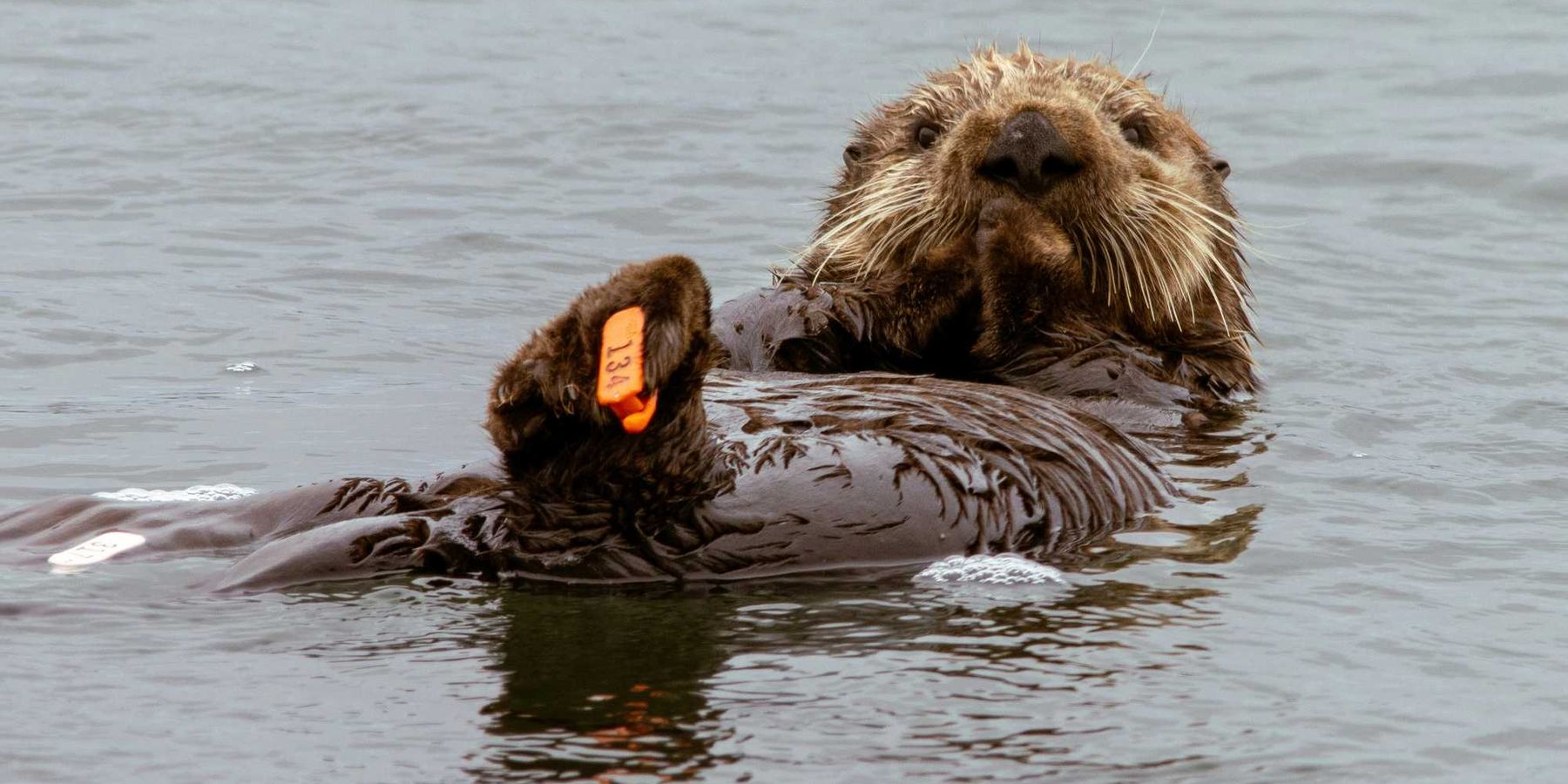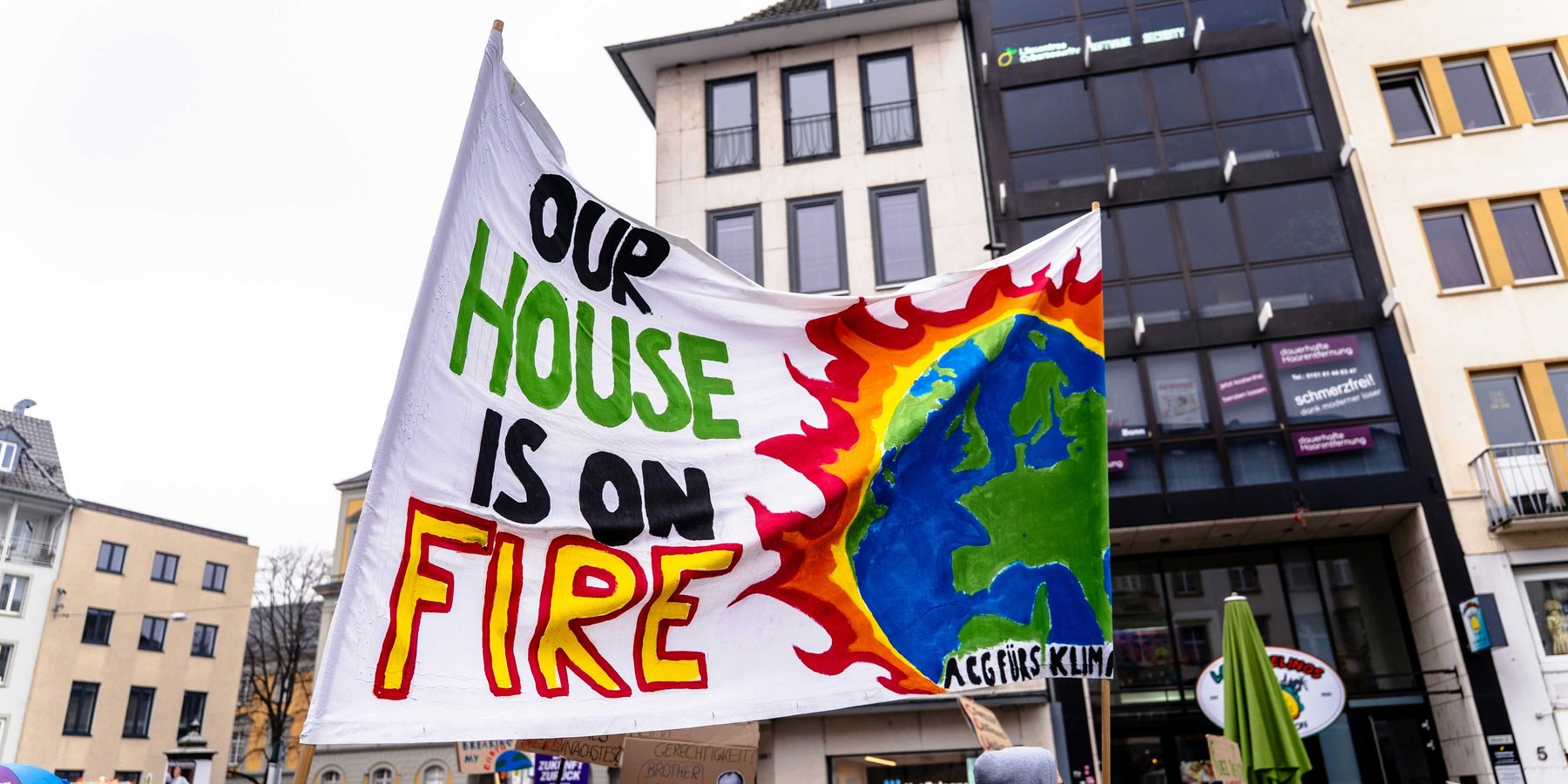New research links stalled jet stream to rising summer weather extremes
The number of extreme summer weather events driven by trapped atmospheric waves has tripled since 1950 due to climate change, new research shows.
Seth Borenstein reports for The Associated Press.
In short:
- A study published in the Proceedings of the National Academy of Sciences finds that amplified planetary waves — atmospheric patterns that can trap weather systems — are occurring three times more often than in the 1950s.
- These waves cause jet streams to become “locked” in place, resulting in prolonged periods of intense heat, rainfall, or drought, as seen in the deadly 2021 Pacific Northwest heat wave and the 2010 Russian drought.
- Human-caused climate change, particularly rapid Arctic warming, is weakening the jet stream and making these stuck patterns more frequent, something existing computer models have largely failed to predict.
Key quote:
“This study shines a light on yet another way human activities are disrupting the climate system that will come back to bite us all with more unprecedented and destructive summer weather events.”
— Jennifer Francis, climate scientist at the Woodwell Climate Research Center
Why this matters:
Summer weather is growing more erratic and intense, not just because temperatures are rising but because the atmosphere itself is behaving differently. The jet stream, once a reliable conveyor belt of weather systems, is weakening as the Arctic warms far faster than the rest of the planet. That makes the jet stream more prone to stalling, locking regions into weeks of punishing heat or unrelenting rain. These prolonged extremes can devastate crops, trigger wildfires, and flood communities unprepared for such persistence. With billions of people depending on stable climate conditions for food, water, and safety, the growing unpredictability of summer weather threatens both environmental and public health across the globe.
Learn more: Climate change is fueling extreme weather and chaos in the jet stream













